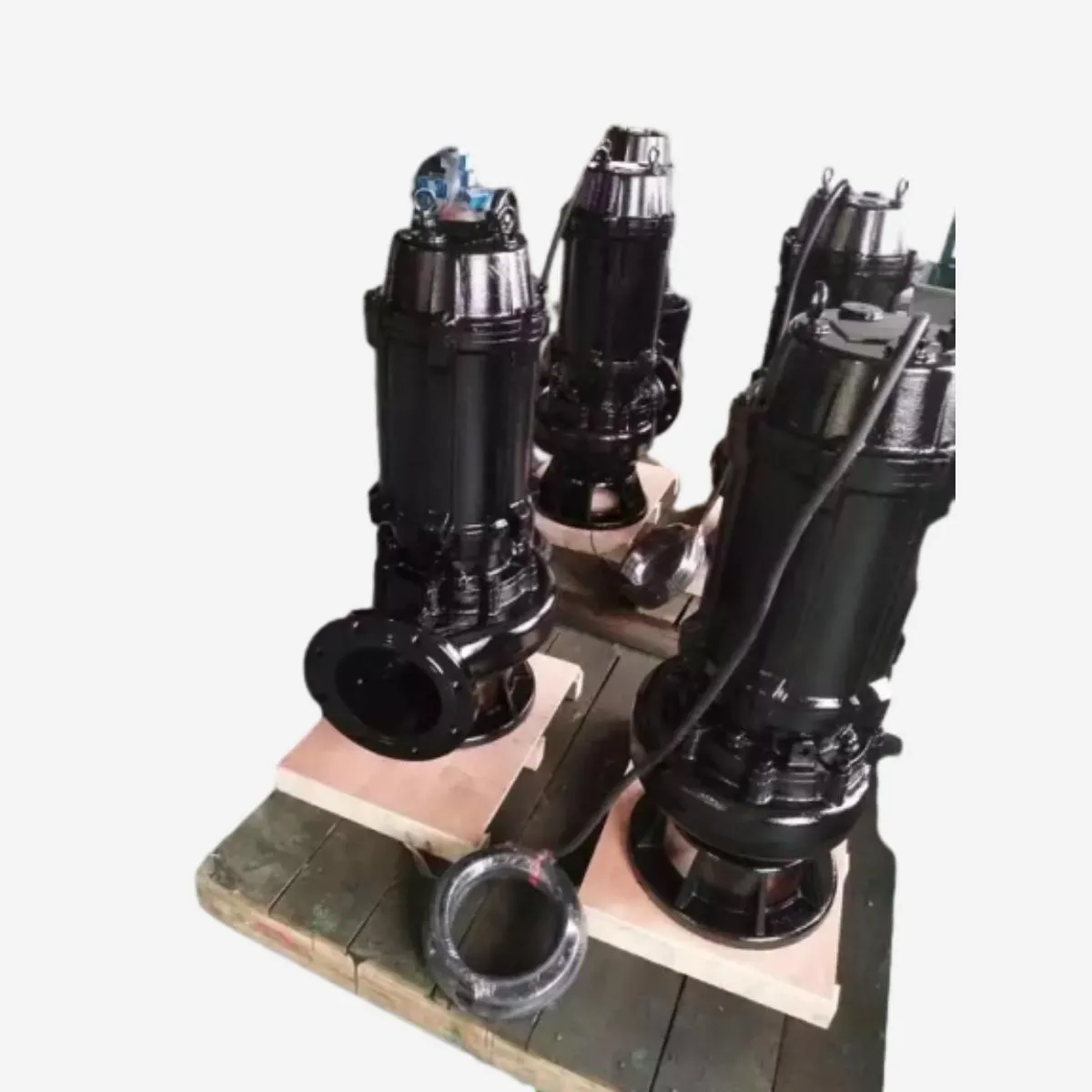Estonian
- Afrikaans
- Albanian
- Amharic
- Arabic
- Armenian
- Azerbaijani
- Basque
- Belarusian
- Bengali
- Bosnian
- Bulgarian
- Catalan
- Cebuano
- Corsican
- Croatian
- Czech
- Danish
- Dutch
- English
- Esperanto
- Estonian
- Finnish
- French
- Frisian
- Galician
- Georgian
- German
- Greek
- Gujarati
- Haitian Creole
- hausa
- hawaiian
- Hebrew
- Hindi
- Miao
- Hungarian
- Icelandic
- igbo
- Indonesian
- irish
- Italian
- Japanese
- Javanese
- Kannada
- kazakh
- Khmer
- Rwandese
- Korean
- Kurdish
- Kyrgyz
- Lao
- Latin
- Latvian
- Lithuanian
- Luxembourgish
- Macedonian
- Malgashi
- Malay
- Malayalam
- Maltese
- Maori
- Marathi
- Mongolian
- Myanmar
- Nepali
- Norwegian
- Norwegian
- Occitan
- Pashto
- Persian
- Polish
- Portuguese
- Punjabi
- Romanian
- Russian
- Samoan
- Scottish Gaelic
- Serbian
- Sesotho
- Shona
- Sindhi
- Sinhala
- Slovak
- Slovenian
- Somali
- Spanish
- Sundanese
- Swahili
- Swedish
- Tagalog
- Tajik
- Tamil
- Tatar
- Telugu
- Thai
- Turkish
- Turkmen
- Ukrainian
- Urdu
- Uighur
- Uzbek
- Vietnamese
- Welsh
- Bantu
- Yiddish
- Yoruba
- Zulu
Telephone: +86 13120555503
Email: frank@cypump.com
dets. . 19, 2024 01:01 Back to list
abrasive slurry pump
Understanding Abrasive Slurry Pumps A Comprehensive Overview
In various industrial applications, particularly those involving the handling of abrasive materials, the role of pumps is critical. Among these, abrasive slurry pumps stand out due to their unique capabilities in transporting mixtures of solids and liquids. This article delves into the intricacies of abrasive slurry pumps, their applications, construction features, and maintenance tips.
What is an Abrasive Slurry Pump?
An abrasive slurry pump is designed to handle slurries containing abrasive particles, such as sand, gravel, minerals, and other solid materials suspended in a liquid. These pumps are engineered to tackle the challenges presented by the wear and tear caused by the solid components in the slurry. Unlike standard pumps, which might fail or degrade under such conditions, abrasive slurry pumps boast specialized designs that enhance their durability and efficiency.
Key Applications
Abrasive slurry pumps are widely employed across various industries, including
1. Mining and Mineral Processing In these sectors, the pumps are essential for transporting slurries during ore extraction, mineral processing, and tailings management. The heavy-duty nature of these pumps allows them to handle large volumes of abrasive materials, ensuring seamless operations.
2. Construction These pumps are useful in construction projects for transporting cement, mortar, and other concrete mixtures, which often contain abrasive aggregates. Their ability to move thick, viscous slurries efficiently makes them ideal for this purpose.
3. Wastewater Treatment In the treatment of sewage and industrial wastewater, abrasive slurry pumps play a significant role in transporting sludge and other solid waste materials. Their robust construction helps them withstand the abrasive elements present in such applications.
4. Chemical Processing Certain chemical processes involve corrosive and abrasive materials. Pumps designed for these applications need to maintain structural integrity while handling slurries composed of both solids and aggressive chemicals.
Design Features
Abrasive slurry pumps are constructed with specific design features that enhance their performance, including
- Materials The pumps are often made from high-chrome alloys, rubber linings, or specialty coatings designed to resist abrasion and corrosion. This choice of materials significantly extends the lifespan of the pump.
abrasive slurry pump

- Impeller Design The impeller is one of the most critical components in an abrasive slurry pump. Many designs feature open impellers to facilitate the handling of viscous slurries and reduce the risk of clogging. Ensuring optimal flow and minimizing wear is vital for pump efficiency.
- Wear Parts Replaceable wear plates and liners are integral to many abrasive slurry pumps. These parts can be swapped out when worn, allowing for continued operation without the need for an entirely new pump.
- Accessibility Many slurry pumps are designed for easy maintenance. Features such as back pull-out designs allow for quick access to internal components for servicing or repair without the need for extensive disassembly.
Maintenance Tips
To ensure the longevity and efficient operation of abrasive slurry pumps, regular maintenance is essential. Here are some tips
1. Routine Inspections Regularly check for signs of wear on impellers and liners. Early detection of wear allows for timely replacements and reduces the risk of failure.
2. Monitoring Performance Keep an eye on flow rates and pressure levels. Any significant deviations may indicate issues such as blockages or wear in the pump system.
3. Proper Lubrication Ensure that bearings and other moving components are adequately lubricated. Proper lubrication reduces friction and wear, extending the life of the pump.
4. Debris Management Minimize the amount of debris and foreign objects in the slurry to avoid excessive wear and potential damage to the pump.
5. Scheduled Maintenance Develop a scheduled maintenance routine that includes cleaning, part replacements, and functionality checks to prolong the life of your pump.
Conclusion
Abrasive slurry pumps serve a crucial function in various industries, managing the challenges posed by abrasive materials with ease and efficiency. Understanding their design, applications, and maintenance allows industries to select and utilize these pumps effectively, ensuring reliable and continuous operation in critical processes. Investing in quality abrasive slurry pumps and adhering to maintenance best practices can lead to enhanced productivity and reduced operational downtime.
-
Custom Drilling Mud and Slurry Pump Supplier - High Efficiency, Tailored Solutions
NewsJun.10,2025
-
Supply Vertical Submersible Sewage Pump High-Efficiency WQ/QW Pumps Supplier
NewsJun.10,2025
-
Premium Sewage Ejection System & Pumps Efficient Waste Removal
NewsJun.09,2025
-
Premium Wholesale Slurry Pump Impellers Durable & Efficient Slurry Handling
NewsJun.09,2025
-
Top Sewage Pump Companies Durable Industrial Solutions for Efficiency
NewsJun.09,2025
-
Heavy Duty Slurry Pumps - OEM High Performance & Bulk Wholesale
NewsJun.09,2025










